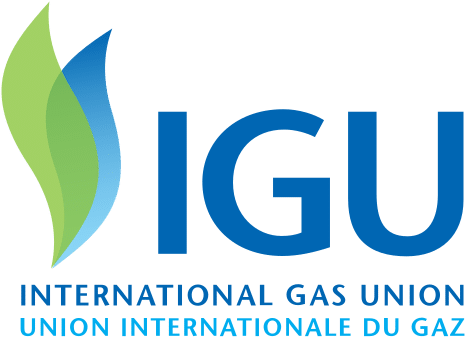2018 World LNG Report
Published on June 23, 2018The 2018 World LNG Report released at the World Gas Conference in Washington D.C., examins the current state of the Global LNG Industry. The latest report shows 2017 as another record-breaking year for LNG trade and reinforces the global LNG industry’s role in expanding access to natural gas, an energy resource that leads to a more sustainable and prosperous future.
After steady growth in recent years, global LNG trade in 2017 reached 293.1 million tonnes (MT) – an increase of 12% (35.2 MT) from 2016, the third consecutive record-breaking year for the industry and the highest annual growth since 2010. 88.3 MT of this trade was non long-term, a 16 MT increase on 2016, and comprising a significant 30% of total LNG trade.
This significant growth can largely be attributed to increases in new LNG supply, driven primarily by projects in Australia and the United States bringing new capacity on line. With additional trains at Australia Pacific LNG, Gorgon LNG, and higher production from existing trains, Australia added 11.9 MT of production in 2017. United States production gains of 10.2 MT were driven entirely by Sabine Pass LNG, which added two new trains in 2017. Qatar remains the world’s leading exporter of LNG, with 2017 liquefaction reaching 81 MT. In 2017, unlike 2016, increases in world trade occurred without new major entrants to the global LNG market.
Increasing demand in 2017 also contributed to strong growth in global LNG trade, as LNG establishes itself as the fuel of choice in markets across the world. The Asia-Pacific region continued to be a core driver in global demand, with China alone adding 12.7 MT of imports in 2017 – the largest ever annual growth by a single country. This growth can be attributed to the strong enforcement of coal-to-gas switching policies through China, as policymakers aim to improve urban air quality across the country. Other countries driving global LNG growth include South Korea, Pakistan and Turkey, which together added a combined total of 11.9 MT in imports.
As of March 2018, global nominal liquefaction capacity reached 369 MTPA, with 32.2 MTPA of liquefaction capacity added between January 2017 and March 2018. As part of this, the first floating liquefaction (FLNG) project came online in Malaysia, with additional FLNG projects set to come online in 2018 and beyond. This growth is expected to continue, with 92 MTPA of liquefaction capacity under construction as of March 2018, and a further 875.5 MTPA of proposed capacity in the pipeline.
Global regasification capacity continued to increase, rising to 851 MTPA by March 2018, outpacing increases in liquefaction capacity. A total of 45 MTPA of regasification capacity was added during 2017, most of it in January, as terminals that had been completed during 2016 began commercial operations at the start of the year. The key additions made during the second half of 2017 were all in Asia, including Pakistan, Thailand, and Malaysia.
David Carroll, President of the IGU, said: “This year’s report is a testament to the importance of LNG as a core element in meeting the world’s energy needs, with international trade continuing to boom from both a supply and a demand perspective. We remain bullish and continue our strong support of LNG as a core driver of a sustainable future.”
The World LNG Report, a flagship publication of IGU first published in 2010, provides key insights into LNG industry developments through the end of calendar year 2017. While the Report’s focus remains, as in years past, upon recent historical data on world LNG activity, the Report also provides key insights on issues addressing world LNG activity going forward. Now published on an annual basis, the Report serves many in the international energy business as a standard desk reference for information on the LNG industry.
